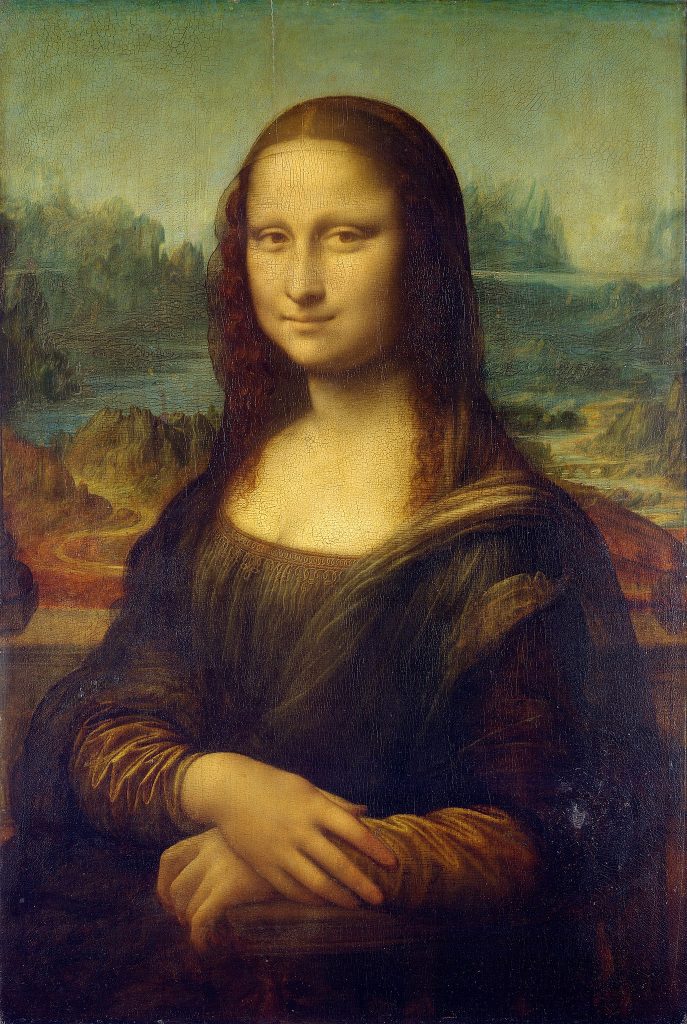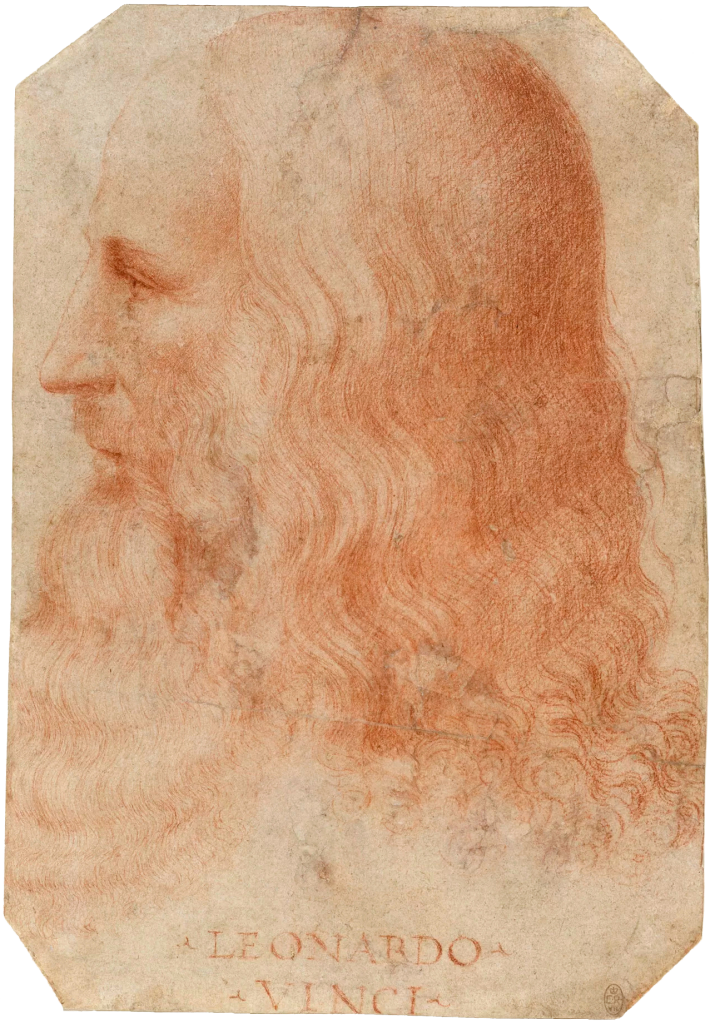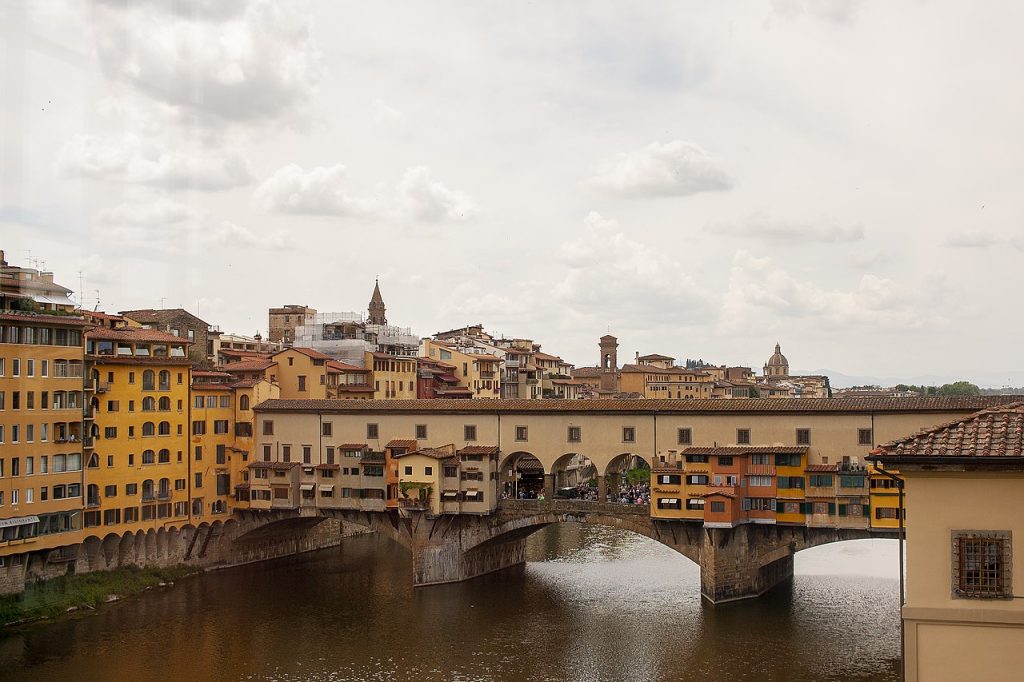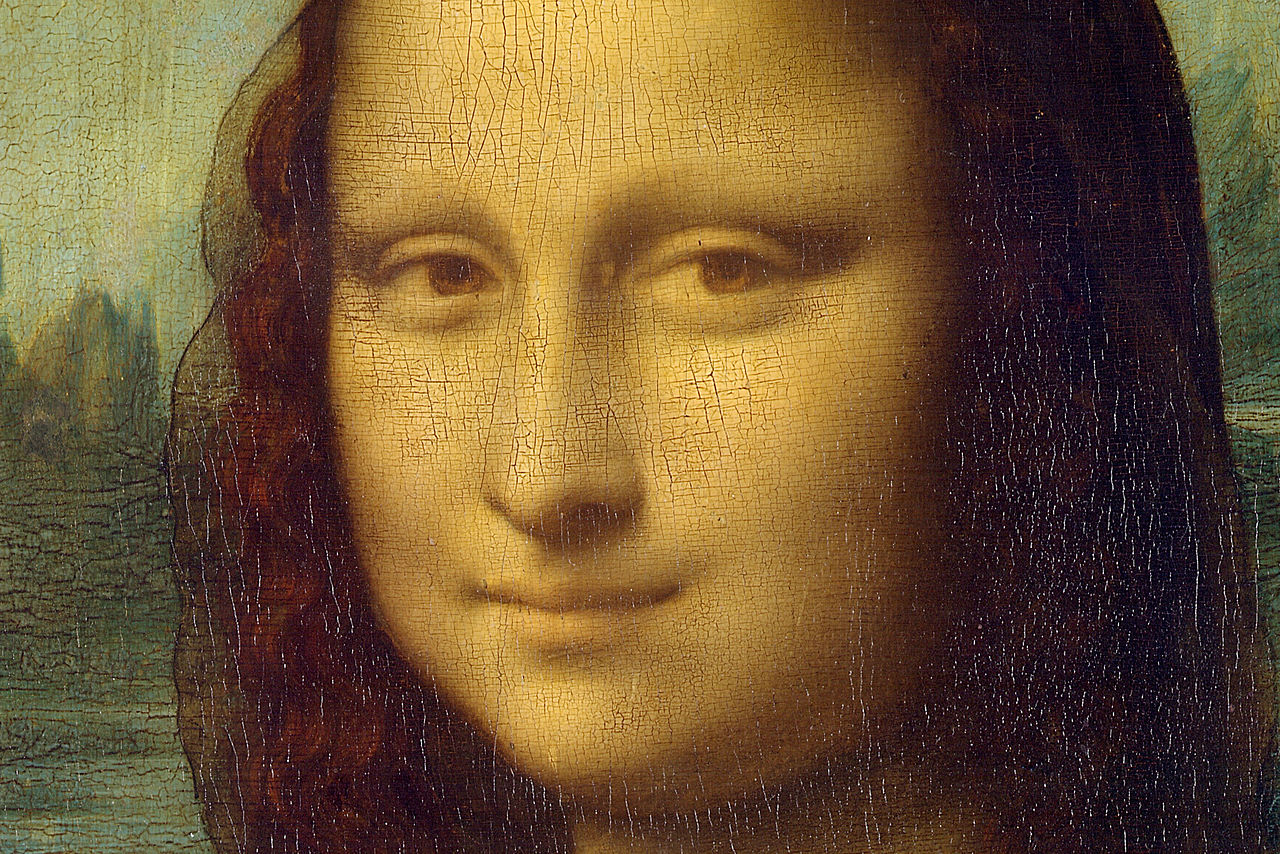 he Mona Lisa is one of the most famous artworks in history, captivating viewers with its enigmatic gaze and mysterious symbolism. Now, thanks to Silvano Vinceti, a renowned historian and researcher, we are one step closer to understanding the painting’s secrets. Using a combination of historical documents, paintings and archaeological artifacts, he was able to uncover a hidden code that revealed the exact location depicted in the painting. His discovery has opened up an entirely new wave of interest in the artwork and its symbolism as well as preserving its legacy for future generations. In this article, we will explore how Vinceti was able to identify the location depicted in the Mona Lisa painting, discuss what his findings mean for art history and examine how they fit into Leonardo da Vinci’s intricate symbolism.
he Mona Lisa is one of the most famous artworks in history, captivating viewers with its enigmatic gaze and mysterious symbolism. Now, thanks to Silvano Vinceti, a renowned historian and researcher, we are one step closer to understanding the painting’s secrets. Using a combination of historical documents, paintings and archaeological artifacts, he was able to uncover a hidden code that revealed the exact location depicted in the painting. His discovery has opened up an entirely new wave of interest in the artwork and its symbolism as well as preserving its legacy for future generations. In this article, we will explore how Vinceti was able to identify the location depicted in the Mona Lisa painting, discuss what his findings mean for art history and examine how they fit into Leonardo da Vinci’s intricate symbolism.
Silvano Vinceti’s Discovery: How a Historian Uncovered the Secrets of the Mona Lisa

Silvano Vinceti, a renowned historian and researcher, achieved something remarkable: he managed to unlock the secret of one of the world’s most iconic artworks – the Mona Lisa. Through his meticulous research involving historical documents, paintings and other archaeological artifacts, he was able to identify a hidden code in the painting that unveiled its exact location.
Vinceti’s groundbreaking discovery was made possible through careful examination of the artwork. The iconic smile of the Mona Lisa inspired him to delve deeper into its origins. He carried out detailed observations which enabled him to apply scientific principles to his research, allowing him to uncover a secret code in the artwork. This code revealed an exact location depicted in the painting – a particular Italian city – sparking widespread curiosity about the symbolism behind it.
Thanks to Vinceti’s findings, Leonardo da Vinci’s legacy is preserved for future generations by offering insight into what makes this masterpiece so captivating and puzzling. His discovery also highlights how subtle symbols can be used as part of great works of art; inspiring others with its knowledge and influence.
Leonardo da Vinci’s Intricate Symbolism: What the Artwork Reveals About Its Creator

Leonardo da Vinci‘s iconic painting, the Mona Lisa, has captivated viewers for centuries. But with the help of Silvano Vinceti’s research, we now understand that there is far more to this painting than meets the eye. By deciphering a hidden code in the artwork, Vinceti was able to identify the exact location that da Vinci intended to represent- Florence. This discovery has opened up a new wave of appreciation for da Vinci’s intricate symbolism and genius.
The bright green meadow in the background of the painting is thought to represent da Vinci’s home village of Anchiano, while the bridge in the painting is believed to be a representation of Florence’s Ponte Vecchio bridge. Together, these symbols create an image that encapsulates both his past and his present. The distant mountains in the background may symbolize da Vinci’s desire for spiritual enlightenment, showing us how he saw himself at different stages of life- from his humble beginnings in Anchiano to his pursuit of knowledge in Florence and beyond.
But it isn’t just physical places that are represented in this artwork; emotions are also deeply intertwined within its symbolism. For example, some have speculated that the river flowing through Mona Lisa’s landscape could symbolize her inner journey as she embarks on a metaphorical voyage towards peace and contentment. This interpretation speaks volumes about da Vinci’s ability to capture human emotion and convey it through artistry.
It is clear that Leonardo da Vinci had an immense understanding not only of art but also of human nature and emotion when he created this masterpiece over 500 years ago. His intricate symbolism reveals something about his own life story as well as our own humanity- making him one of history’s most celebrated painters for good reason. Thanks to Silvano Vinceti’s groundbreaking research, we can now appreciate even more deeply how much effort went into creating one of history’s most iconic works of art—the Mona Lisa by Leonardo da Vinci.
Identifying the Location: Deciphering the Clues Within the Painting
Silvano Vinceti was able to identify the exact location of the Mona Lisa painting through an intricate process of deciphering clues within the artwork. Using his knowledge of art and history, he studied Leonardo da Vinci’s brushstrokes, colors, and shapes to gain insight into the landscape that da Vinci intended to depict. He also compared the painting with maps and records from the time period, in order to pinpoint potential sites.
Vinceti’s observations revealed that certain elements of the painting were consistent with those found in a series of other works by da Vinci, such as The Virgin and Child with St Anne (1508). These similarities indicate a strong connection between these two works and suggest that da Vinci was likely attempting to represent Florence in both paintings. The green meadow is thought to be a reference to his home village of Anchiano and the river may symbolize Mona Lisa’s inner journey.

The Ponte Vecchio bridge is another clue that Vinceti used when trying to identify the location represented in Mona Lisa artwork. The structure closely resembles one found on an 18th century map of Florence and suggests that this is where da Vinci drew his inspiration for representing this iconic landmark. Beyond just literal representations, Vinceti observed how different parts of this bridge were used as symbols for strength and fortitude- concepts which were highly valued during the Renaissance era.
Through careful observation and analysis of both physical elements within the painting as well as historical documents from around that time period, Silvano Vinceti was able to uncover a hidden code which revealed exactly what location Leonardo da Vinci was attempting to depict in his masterpiece- Florence. This discovery has opened up a new wave of appreciation for da Vinci’s symbolism and genius, as well as preserving its legacy for future generations.
Historical Context: How the Location Fits Into the Time Period of da Vinci
The Mona Lisa is a timeless masterpiece and its historical context is integral to our understanding of the painting. Leonardo da Vinci was an Italian artist and scientist whose works flourished during the Renaissance period in Italy, which spanned from the 14th century to the 17th century. This era was marked by immense cultural and scientific advancement, with a newfound focus on exploration, innovation and learning.
At this time in Florence, political tensions were high between factions known as Guelphs and Ghibellines. Moreover, Florence was a hub for art and culture—and it is believed that the Mona Lisa painting was created in response to these events. The painting’s background scenery of a green meadow could represent da Vinci’s home village of Anchiano, while the Ponte Vecchio bridge may symbolize Florence itself; both landmarks appear to be gateways linking his past life with his present one.
In addition to its political symbolism, the painting also contains artistic elements typical of da Vinci’s works. For example, he often used sfumato —a technique that blurs outlines so objects blend into their backgrounds—to create a sense of depth or atmosphere. He also included elements such as trees that emerge from behind distant mountains or rivers with small boats traveling along them—both of which are found in other pieces by da Vinci like The Virgin and Child with St Anne (1508). These details reveal something about da Vinci’s own life story as well as our own humanity—making him one of history’s most celebrated painters.
By exploring these connections between culture, politics and art during this period we can gain further insight into how da Vinci created the Mona Lisa painting and why it has been admired for centuries since its completion in 1503-1506. We can appreciate how this work demonstrates how art can capture moments in time—in this case documenting not only what people were doing but also how they were thinking at the time it was painted. We can see how understanding its historical context helps us better appreciate its significance today —not just on an aesthetic level but on an emotional level too—as it captures something essential about being human: our capacity for imagination and creativity even amid great adversity or uncertainty.
Preserving an Important Legacy: The Impact of Vincenti’s Findings on Art History
The groundbreaking discoveries of Silvano Vinceti have left a lasting impression on the field of art history, and indeed the world. His uncovering of the code contained within da Vinci’s Mona Lisa has resulted in an increased appreciation for this famous painting, as well as bringing to light its hidden symbolism and messages. This newfound insight has allowed us to gain a greater understanding of our cultural heritage and how it informs our lives today.
Thanks to Vinceti’s findings, the Mona Lisa has become one of the most iconic works in all of art history, with its legacy now protected for future generations. The uncovering of such a valuable piece of knowledge serves to remind us that great works are often hiding much more than we initially realize – making it essential to explore their depths if we wish to gain true insight into them. Additionally, his work highlights how important it is to recognize patterns and codes in artwork which can inform us about our own humanity.
Overall, Silvano Vinceti’s research into da Vinci’s masterpieces stands as an example that no matter how renowned or celebrated something is there may still be more secrets waiting to be discovered – something which will remain true long into the future.
Avid Writer with invaluable knowledge of Humanity!
Upcoming historian with over 30 million views online.
“You make your own life.”





